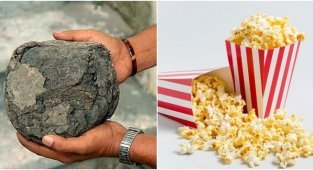We still use this: what the US Indians invented (11 photos)
How often, when using this or that thing, we wonder where it came from and who was at its origins. But some of them were invented and have existed for a very, very long time. For example, American natives. 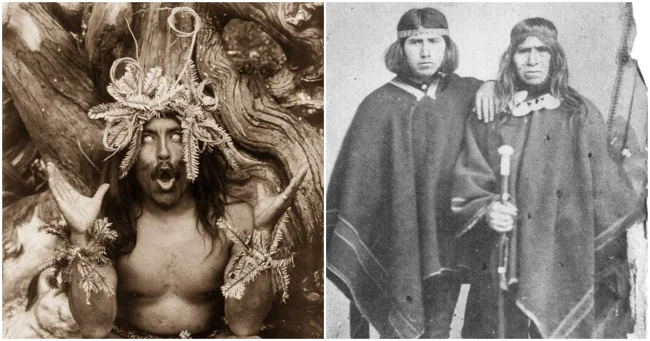
The “whites” borrowed some devices from the Indians. And some were completely lost and simply “reinvented” by the inhabitants of Europe. In many people’s wardrobes or medicine cabinets you can find something that was once created by the Indians
Umbrella and fan 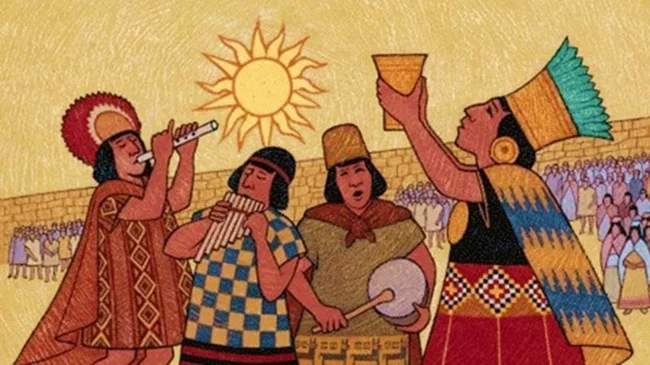
The Mayans and Incas came up with these accessories independently of Ancient China. The tribes made them from bird feathers, but their purpose was the same - salvation from the heat and stuffy humid air. In Mayan frescoes you can often see “privileged” Indians being fanned by servants.
The Indians also used fans to fan the fire.
Raincoat and poncho 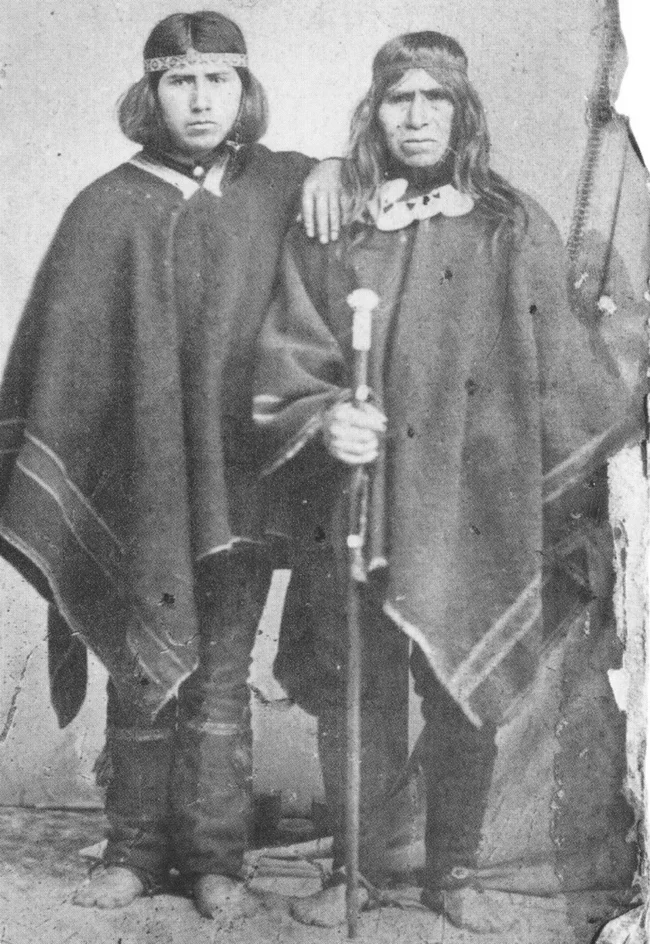
A piece of fabric, square or rectangular in shape, with a cutout in the middle for the head, the thing is quite multifunctional. This could be clothing, a bedding, or even a blanket. Scientists have concluded that the poncho was invented around the 5th century BC. e. Mapuche and Paracas tribes who lived in the territories of today's Peru, Argentina and Chile.
A hundred years later, the Olmec tribe, who lived in what is now Mexico, invented waterproof ponchos. They soaked a piece of cloth with the sap of the rubber tree and then dried it in the smoke from burning coconut shells. Here are the first raincoats.
The colonialists, after the conquest of America, were inspired by ponchos and first the rubberized capes began to be worn by US cavalrymen from the mid-19th century. But it wasn't just American soldiers who used ponchos. 
Hippie in poncho
In the Wehrmacht army and SS military units, a waterproof poncho was part of the equipment, and a camping tent was made from four such capes.
In the 60s, when the hippie era began, the poncho went to travel to all continents. The design changed, hoods, buttons and decorative elements were added to it, but in essence the poncho remained the same as the Indians invented it - fabric with a slit for the head and a complete absence of sleeves.
Quinine and painkillers 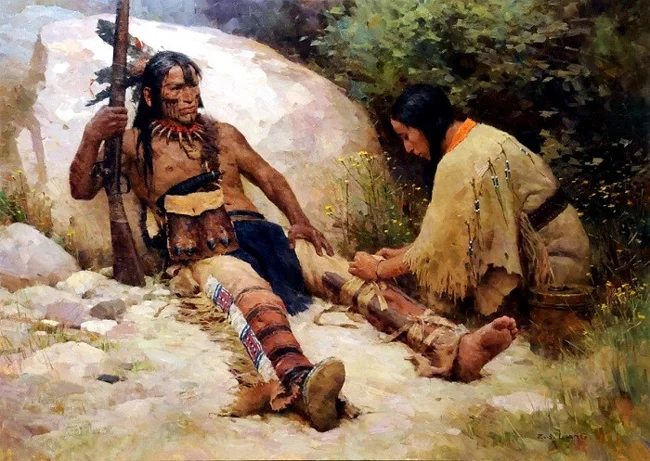
Archaeologists have found Indian traveling first aid kits in the territories of both Americas. They looked like bags made of fabric or leather, with different medicines and tools. These usually included thread, tweezers, syringes, obsidian scalpels, needles, and small mortars and pestles for preparing powders.
The oldest first aid kit was found in Peru - it was about 3.5 thousand years old. The Quechua tribe, who lived in the Andes, learned to make a decoction from the bark of the cinchona tree. When America was colonized by Europeans, a malaria epidemic began on the continent, which was defeated with quinine infusion.
Cinchona bark came to Europe in 1648, when the Spanish doctor Juan de Vega brought it there from America. But quinine was isolated from the bark only in 1820. Only seven years later it was possible to establish industrial production of quinine. 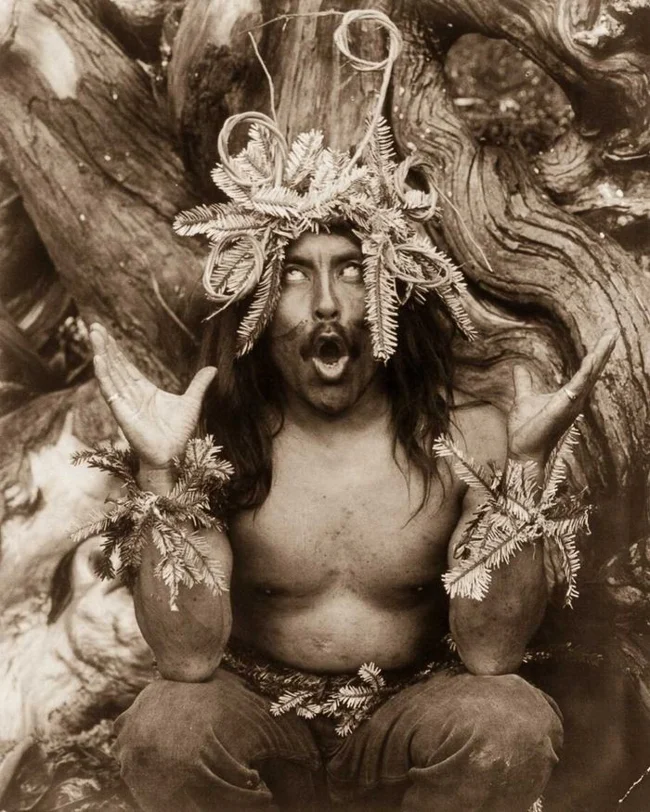
The state of an Indian on peyote
How was anesthesia performed in medieval Europe? A huge amount of alcohol, and at best the patient was given opium. In especially severe cases, the person was simply stunned with a blow to the head. Progressive, isn't it? While the Indians learned to provide high-quality pain relief already in the 1st century BC. e.
Aztec doctors used peyote (a type of cactus) to obtain mescaline from it, a very powerful psychotropic substance. The Aztecs added mescaline to tinctures, rubs, and lotions.
The Incas anesthetized patients with coca leaves: the leaves could be chewed or applied to the wound.
The Indians who lived in what is now the state of Virginia actively used Datura root, making something like a plaster out of it. European colonialists, by the way, borrowed this method. 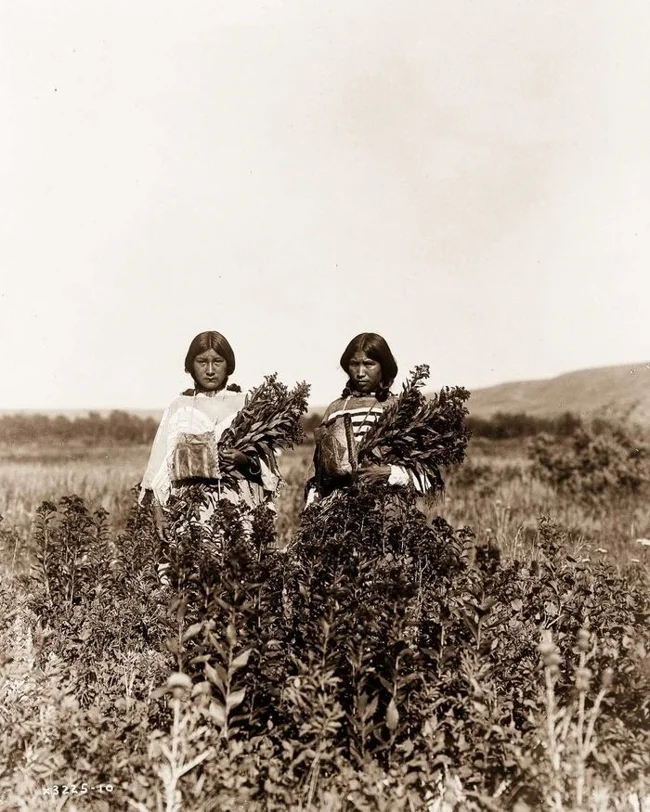
Collection of medicinal herbs
North American Indians brewed young willow branches, which were later found to contain large amounts of salicylic acid. Well, as you know, it is the main component of aspirin.
Moccasins, sandals and water-repellent shoes 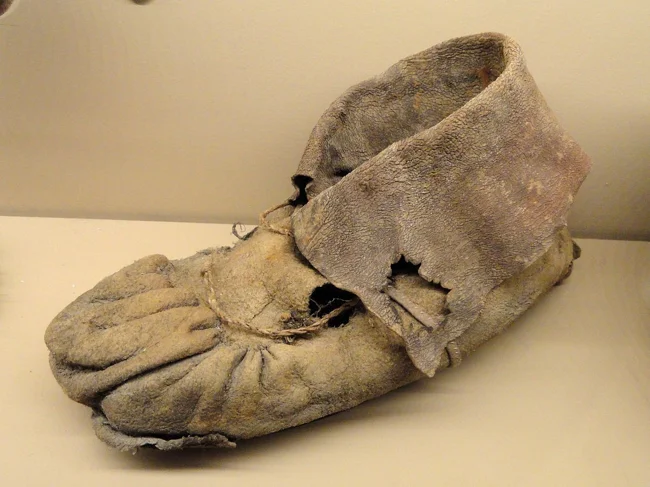
When excavations were carried out in Fort Rock Cave (Oregon), sandals were found in a layer of volcanic ash, which were very well preserved. The analysis revealed that the shoes were created about 10 thousand years ago. That is, it was older than ancient civilization and the Egyptian pyramids.
Archaeologists have found sandals throughout South and Central America. They were usually woven from yucca or agave fibers.
The indigenous people of North America preferred warmer shoes - moccasins. Their production began about 2.5 thousand years ago from the skins of elk, bison, seals, deer and bears. They were sewn together either with thin strips of the same skins, or with their sinews.
Pragmatic Indians could use the same shoes both in winter and summer, sewing on tops made of fur in winter. 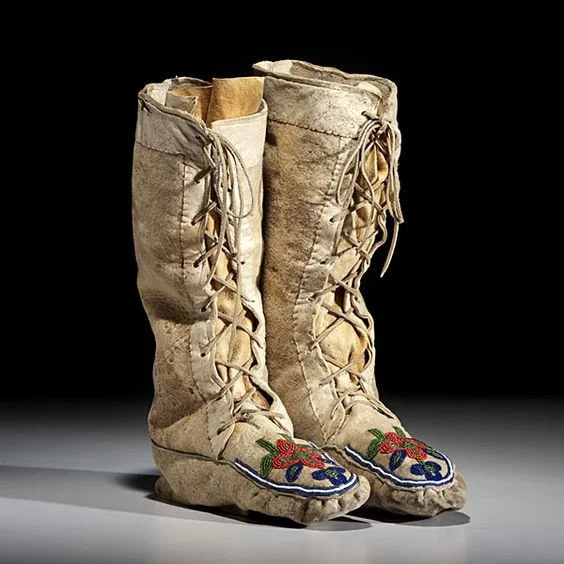
Insulated moccasins
The Olmecs, when they learned to turn the sap of the rubber tree into rubber, began to sew waterproof shoes. A special funnel was installed above the fire, directing the smoke into the stream. A mold of a future moccasin made of clay was placed over it and rubber juice was poured over it dozens of times. Afterwards, the frozen form was removed and the next one was made.
Whereas in the civilized world, rubber vulcanization using burnt sulfur was patented only in 1844.
Contraception and syringes 
Several hundred years before the Europeans, the Indians learned to inject drugs under the skin. They used hollow bird bones for this, and the medicine itself was poured into a rubber can or into the bladder of small animals.
The North American Indians were able to keep birth rates under control by using oral contraceptives. In the Shoshone and Navajo tribes, women ingested crushed shoots of one of the subspecies of borage. 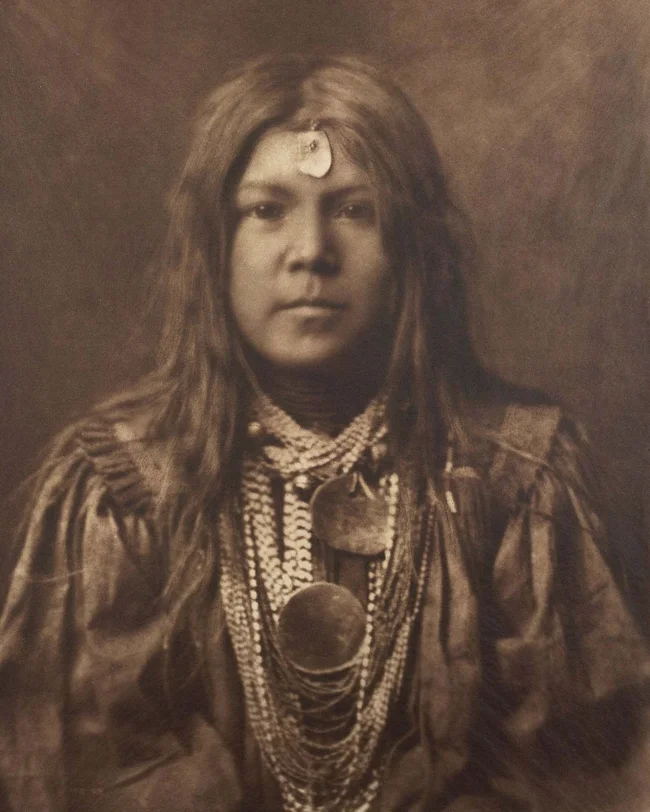
The Potawatomi tribe used a tincture or powder from twigs of the wild kendyr bush. In the 19th century, scientists conducted experiments and found that in laboratory rats, when they were given both of these plants, the ovulation process was suppressed.
In the United States, oral contraception was allowed and approved only in the early 1960s.
